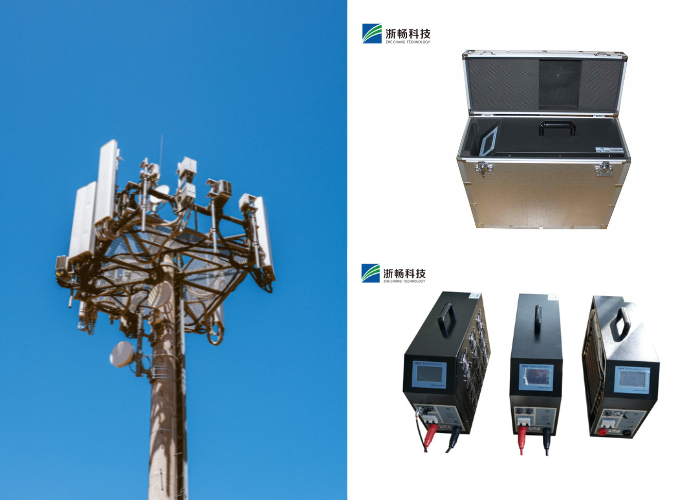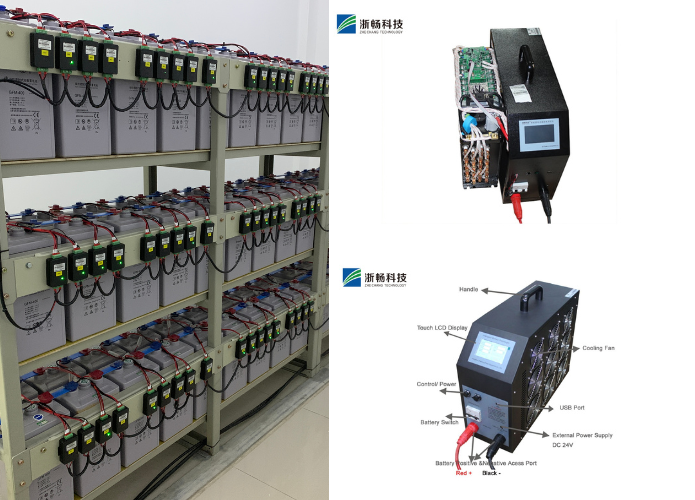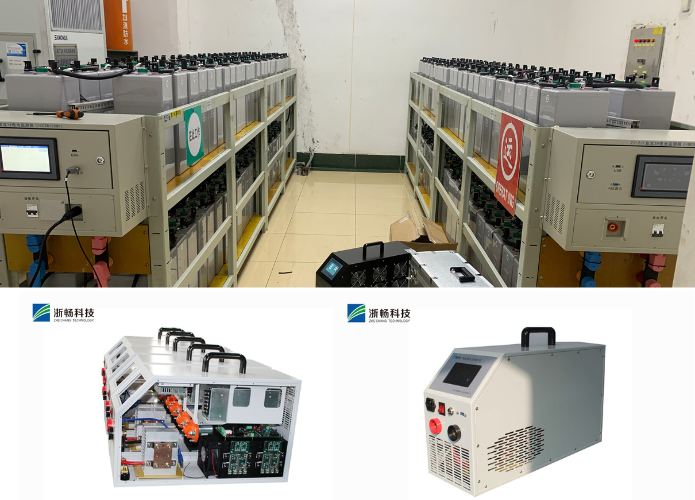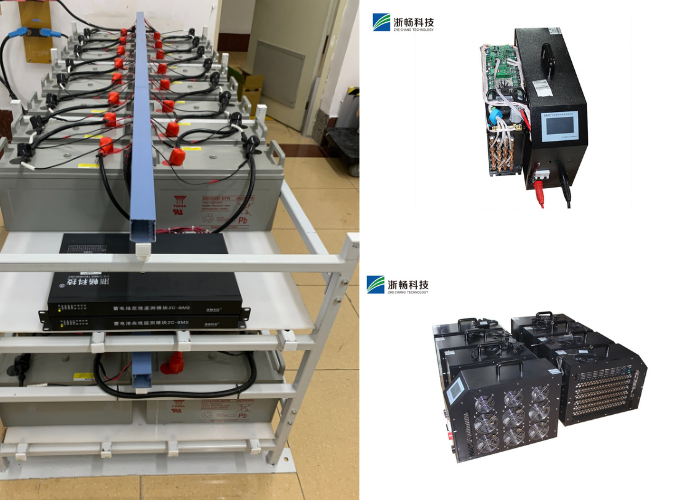Why Battery Pack Management Systems Are Essential for Electric Vehicles
Electric vehicles (EVs) are rapidly reshaping the automotive industry, offering a sustainable alternative to traditional gasoline-powered vehicles. As the world increasingly prioritizes green energy solutions, the role of EVs in reducing carbon emissions and reliance on fossil fuels cannot be overstated. However, at the heart of every electric vehicle is its battery pack—a critical component that drives performance, efficiency, and safety. Managing these high-performance batteries is not a simple task, which is where battery pack management systems (BMS) become indispensable.
In this comprehensive guide, we will explore in detail why battery pack management systems are essential for electric vehicles. We will discuss the specific roles they play in enhancing safety, improving performance, extending battery lifespan, and contributing to the overall success of the electric vehicle industry. Understanding the importance of battery pack management is key to appreciating how EVs work and why they are considered the future of transportation.
Understanding the Role of Battery Pack Management Systems
To fully grasp the importance of a battery pack management system, it's crucial to understand what it is and how it functions within an electric vehicle. In simple terms, a battery pack management system is an electronic system that manages and regulates the charging, discharging, and overall health of the battery pack in an EV. Its role is multifaceted, ensuring that the battery operates safely, efficiently, and within its optimal parameters.
Key Functions of a Battery Pack Management System:
- Battery Monitoring: The BMS continuously monitors various critical parameters such as voltage, current, temperature, and state of charge (SOC) of each cell within the battery pack. It provides real-time data to both the vehicle's onboard system and the driver. The BMS ensures the battery stays within safe operational limits to prevent hazardous situations such as overcharging or excessive discharge.
- Cell Balancing: Modern EV battery packs consist of multiple cells connected in series and parallel configurations. Over time, slight differences in the voltage levels between cells can cause imbalances, which can degrade the overall performance and lifespan of the battery. A battery pack management system performs cell balancing by redistributing energy among cells to ensure that each one operates at an optimal voltage level.
- Overcharge and Over-discharge Protection: Charging a battery beyond its capacity can cause irreversible damage, while discharging it too far can also shorten its life. A battery pack management system continuously checks the voltage and state of charge of the battery and intervenes to prevent overcharging or deep discharging. By doing so, it helps safeguard the integrity of the battery and ensures it operates safely within the designed parameters.
- Temperature Control: Batteries are temperature-sensitive. If an EV battery becomes too hot or too cold, it can lead to performance issues or even permanent damage. A battery pack management system includes thermal sensors that monitor the temperature of the battery pack. If the system detects any abnormal temperature conditions, it can activate cooling or heating systems to regulate the battery's temperature and prevent thermal damage.
- State of Health (SOH) Monitoring: Over time, a battery's performance naturally degrades as it undergoes repeated charge and discharge cycles. The BMS tracks the state of health (SOH) of the battery, which reflects the overall condition and efficiency of the battery. By monitoring the SOH, the system can predict when the battery is approaching the end of its useful life, allowing for timely maintenance or replacement.
In essence, the battery pack management system is like the brain of the battery pack, ensuring it functions safely, efficiently, and reliably.

Safety: The Top Priority for Electric Vehicles
Safety is one of the most critical considerations in the design of electric vehicles. As EVs rely on high-capacity batteries to power the vehicle, ensuring that the battery pack remains safe under various conditions is paramount. A battery pack management system plays a pivotal role in maintaining the safety of the vehicle by preventing issues like overheating, overcharging, and short circuits—problems that could otherwise lead to catastrophic failures such as fires or explosions.
Overcharge and Over-discharge Protection
Overcharging occurs when the battery is charged beyond its maximum voltage capacity. This can cause internal chemical reactions that lead to excessive heat generation, potentially resulting in thermal runaway—a dangerous condition that can lead to fires or explosions. On the flip side, over-discharging refers to discharging the battery too much, causing irreversible damage to the battery cells and reducing their overall lifespan.
A battery pack management system constantly monitors the voltage of each cell and ensures that the charging process is cut off once the battery reaches its full capacity. Similarly, it prevents the battery from discharging too much by stopping the flow of power once the charge reaches a critically low level. These built-in protections help prevent damage, improve safety, and prolong the battery's life.
Temperature Regulation
Battery performance is highly sensitive to temperature fluctuations. When a battery overheats, it can cause chemical instability, leading to potential fires, loss of capacity, or even dangerous failures. Conversely, when a battery is exposed to extreme cold, its efficiency drops, causing a reduction in the vehicle's range and power output.
The battery pack management system includes thermal sensors that constantly track the battery's temperature. If the temperature exceeds safe operating limits, the BMS will activate a cooling system to lower the temperature, or a heating system to raise it if the temperature is too low. This regulation helps maintain optimal operating conditions for the battery, enhancing both performance and safety.
Fault Detection and Short-circuit Protection
Internal faults, such as wiring issues or internal short circuits, can occur in the battery pack, potentially leading to hazardous conditions. A battery pack management system can detect these faults by monitoring voltage and current readings in real-time. If it detects any abnormalities, such as a sudden drop in voltage or a short circuit, the system can immediately disconnect the affected cell or module, isolating it from the rest of the battery pack. This ensures that the issue does not escalate into a more serious safety concern.
These various safety features—overcharge protection, over-discharge protection, temperature regulation, and fault detection—demonstrate the crucial role a battery pack management system plays in keeping electric vehicles safe for everyday use.
Performance Optimization: Maximizing Efficiency
A well-functioning battery pack management system not only ensures the safety of the battery but also maximizes its performance. The efficiency of an electric vehicle depends largely on how well its battery functions, as the battery powers the entire vehicle. A battery pack management system optimizes energy storage, enhances power delivery, and ensures that the vehicle performs optimally under various driving conditions.
State of Charge (SOC) and State of Health (SOH) Monitoring
State of Charge (SOC) refers to the current level of energy stored in the battery, expressed as a percentage of the battery's total capacity. An efficient battery pack management system ensures that the SOC is accurately calculated and displayed to the driver, providing real-time information on the battery's energy status. This allows the driver to plan their trips more effectively, ensuring they do not run out of power mid-journey.
The State of Health (SOH) of the battery reflects its overall condition and performance over time. As a battery undergoes charge-discharge cycles, its capacity gradually decreases. The battery pack management system continuously tracks SOH, providing insights into the remaining useful life of the battery. By keeping an eye on both SOC and SOH, the BMS helps ensure the vehicle always performs at its peak, avoiding unexpected drops in performance.
Battery Cell Balancing
In a battery pack, the individual cells are not always perfectly balanced. Over time, the voltage in some cells may become higher or lower than others, leading to an imbalance that reduces the overall capacity and efficiency of the battery pack. Battery pack management systems solve this problem by performing cell balancing—a process in which the system redistributes energy from higher-voltage cells to lower-voltage cells, ensuring that each cell maintains the same charge level.
This process improves the overall efficiency of the battery, ensuring that all cells are utilized effectively and that the battery's overall lifespan is extended. In EVs, cell balancing helps maintain consistent power output, extending driving range and improving overall vehicle performance.
Extending Battery Lifespan: Long-Term Benefits
The lifespan of an EV's battery is a major factor in the overall cost of ownership. Battery packs are expensive to replace, so ensuring that the battery lasts as long as possible is crucial for making electric vehicles an economically viable option. A battery pack management system plays a central role in extending the lifespan of the battery by preventing factors that can lead to premature wear and tear.
Preventing Overstress on the Battery
The biggest threats to a battery's lifespan are overcharging, over-discharging, and extreme temperatures. A battery pack management system prevents these conditions from occurring, ensuring that the battery is never subjected to harmful stresses. By maintaining optimal operating conditions, the BMS reduces the risk of capacity loss and degradation over time, ultimately extending the battery's usable life.
Intelligent Charging and Discharging
Modern battery pack management systems include sophisticated algorithms that optimize the charging and discharging processes. These systems ensure that the battery is charged and discharged in a manner that minimizes wear and tear, avoiding issues such as deep discharging or charging at excessively high rates. Intelligent charging strategies, such as charging the battery to 80% rather than 100%, can help preserve the battery's health over the long term.
By managing charging cycles more effectively, the battery pack management system helps reduce the frequency of costly battery replacements and improves the overall return on investment for EV owners.

The Role of Battery Pack Management Systems in EV Adoption
As the electric vehicle market continues to grow, the role of battery pack management systems will only become more crucial. Advanced battery pack management technologies enable the efficient use of larger, more powerful battery packs with higher energy densities. However, as battery packs become more sophisticated, managing them becomes increasingly complex.
The growing demand for longer driving ranges and faster charging times further highlights the need for intelligent battery pack management systems. As new technologies such as solid-state batteries and fast-charging systems emerge, BMS will evolve to handle these innovations, ensuring that future EVs remain safe, efficient, and reliable.
Conclusion
The battery pack management system is a critical component of electric vehicles, ensuring safety, performance, and longevity. From monitoring the health of the battery to optimizing its charging and discharging cycles, the BMS is responsible for maximizing the efficiency and lifespan of the battery pack. As electric vehicles become more prevalent, the role of battery pack management systems will continue to grow, helping to make EVs a safer, more reliable, and economically viable solution for the future of transportation. Without a well-designed battery pack management system, the full potential of electric vehicles would remain untapped, making this technology indispensable to the success of electric mobility.
Popular Battery Tester
Popular Battery Tester
Latest News
Latest News
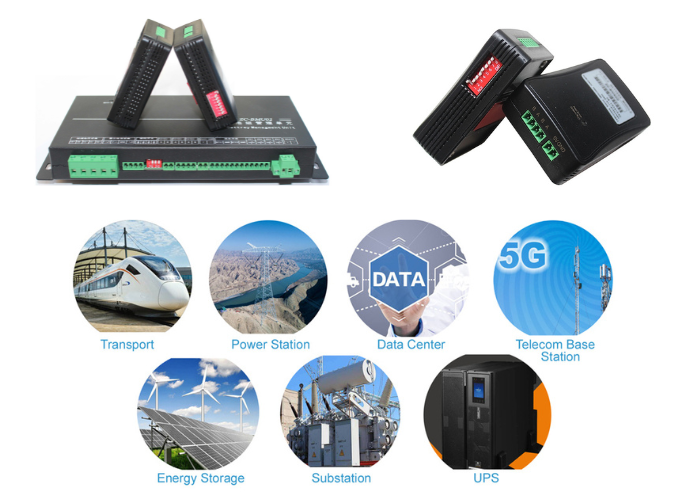

Get Price of Battery Tester
Get Price of Battery Tester
Address:
Floor 3, Building 1, No.1418-60, Moganshan road, Hangzhou city, Zhejiang Province, China.310015








